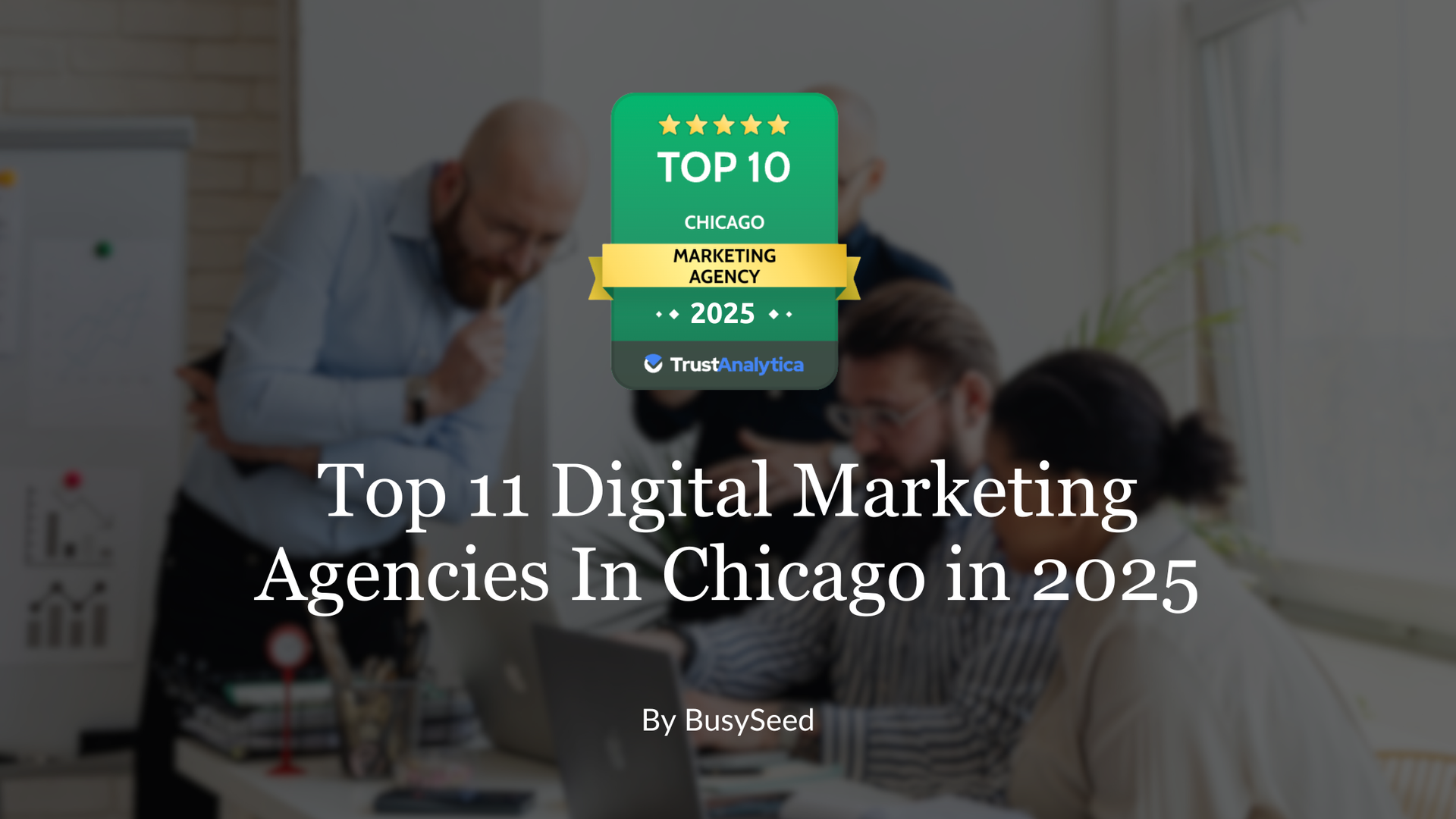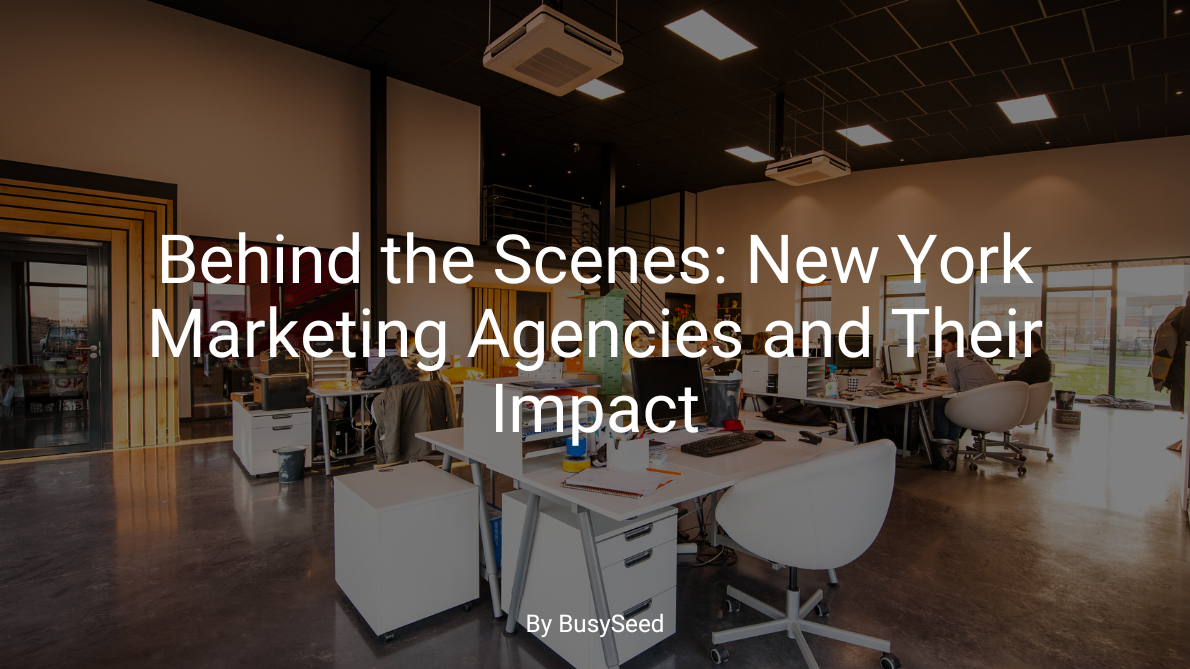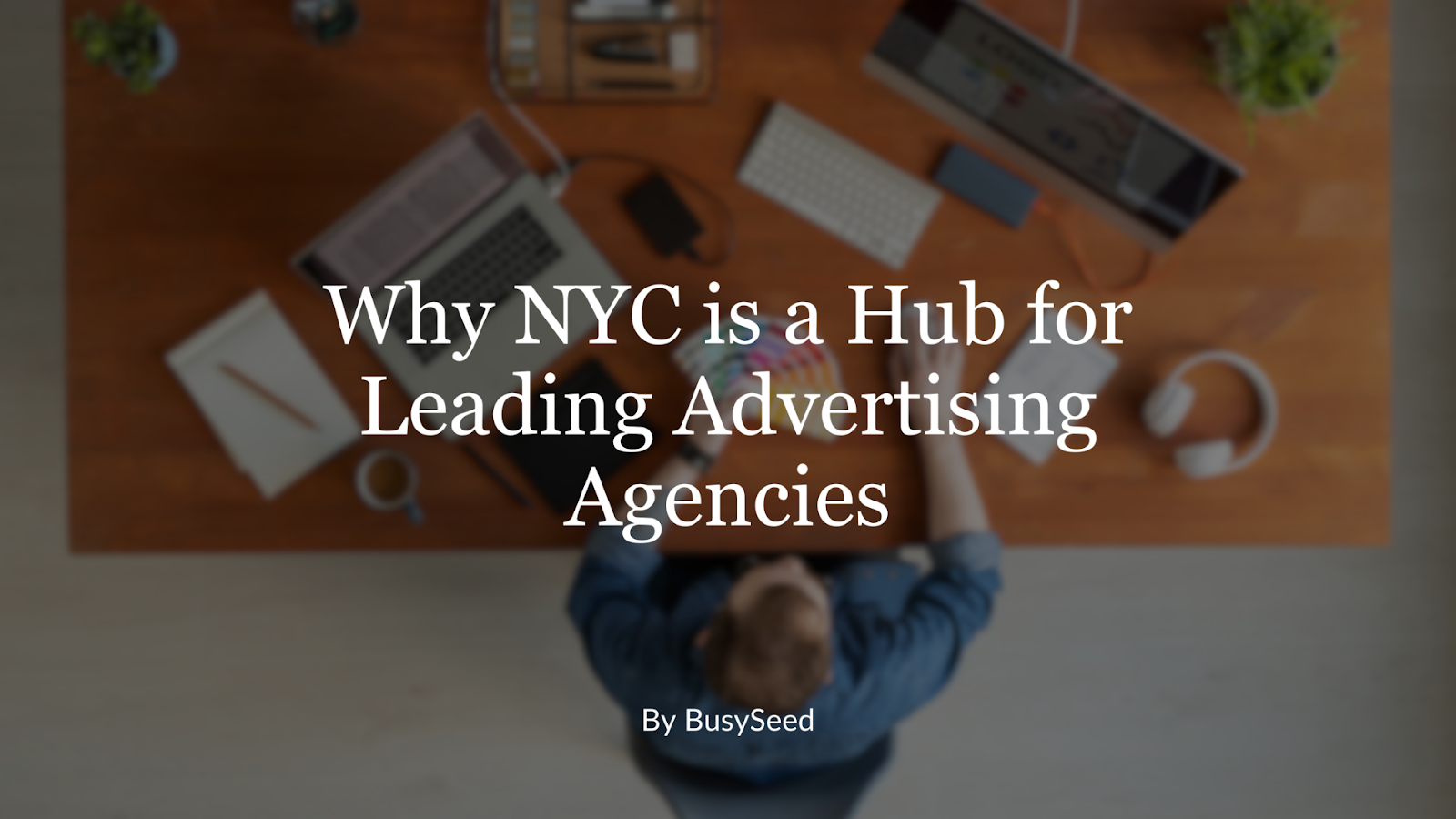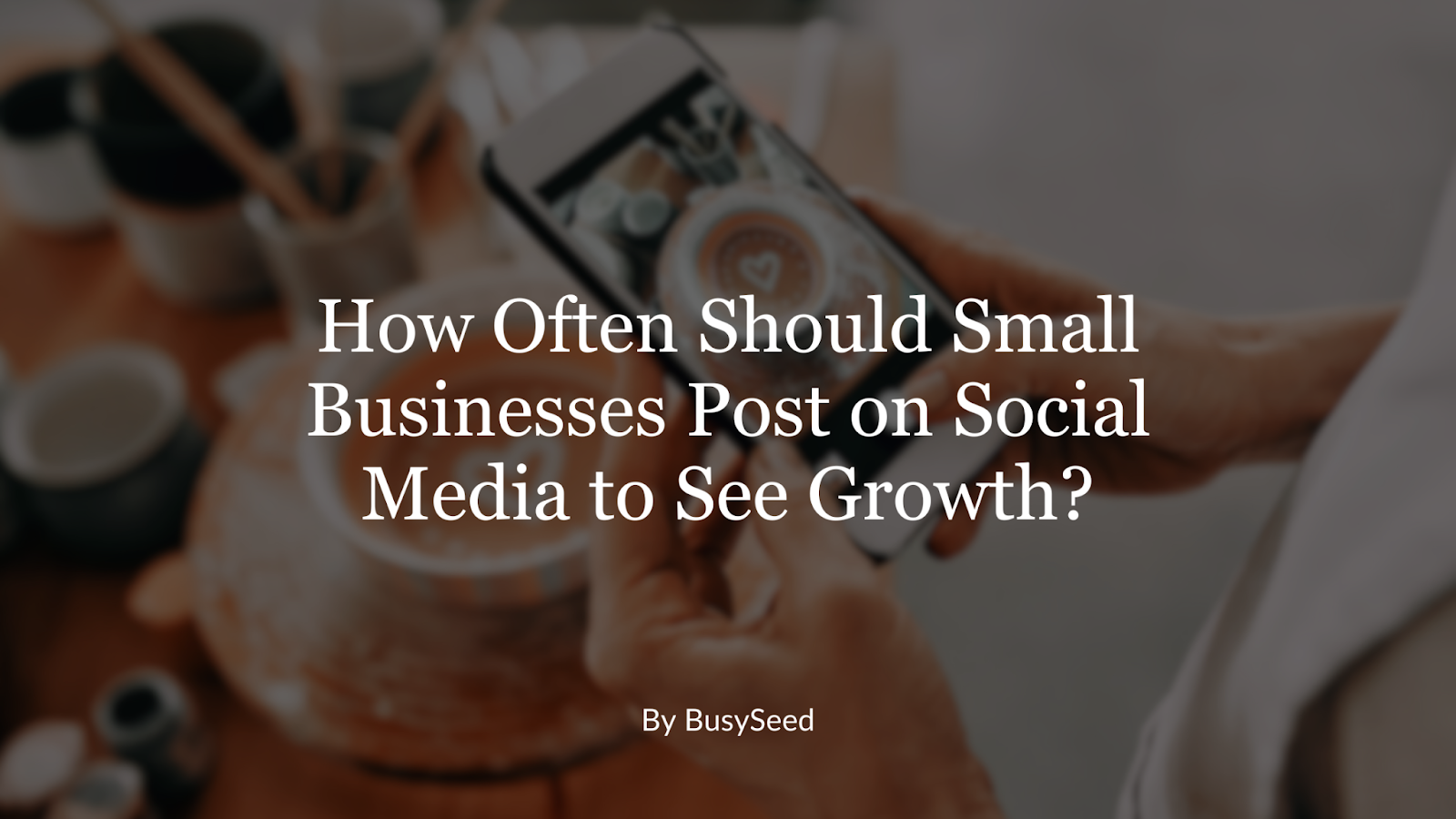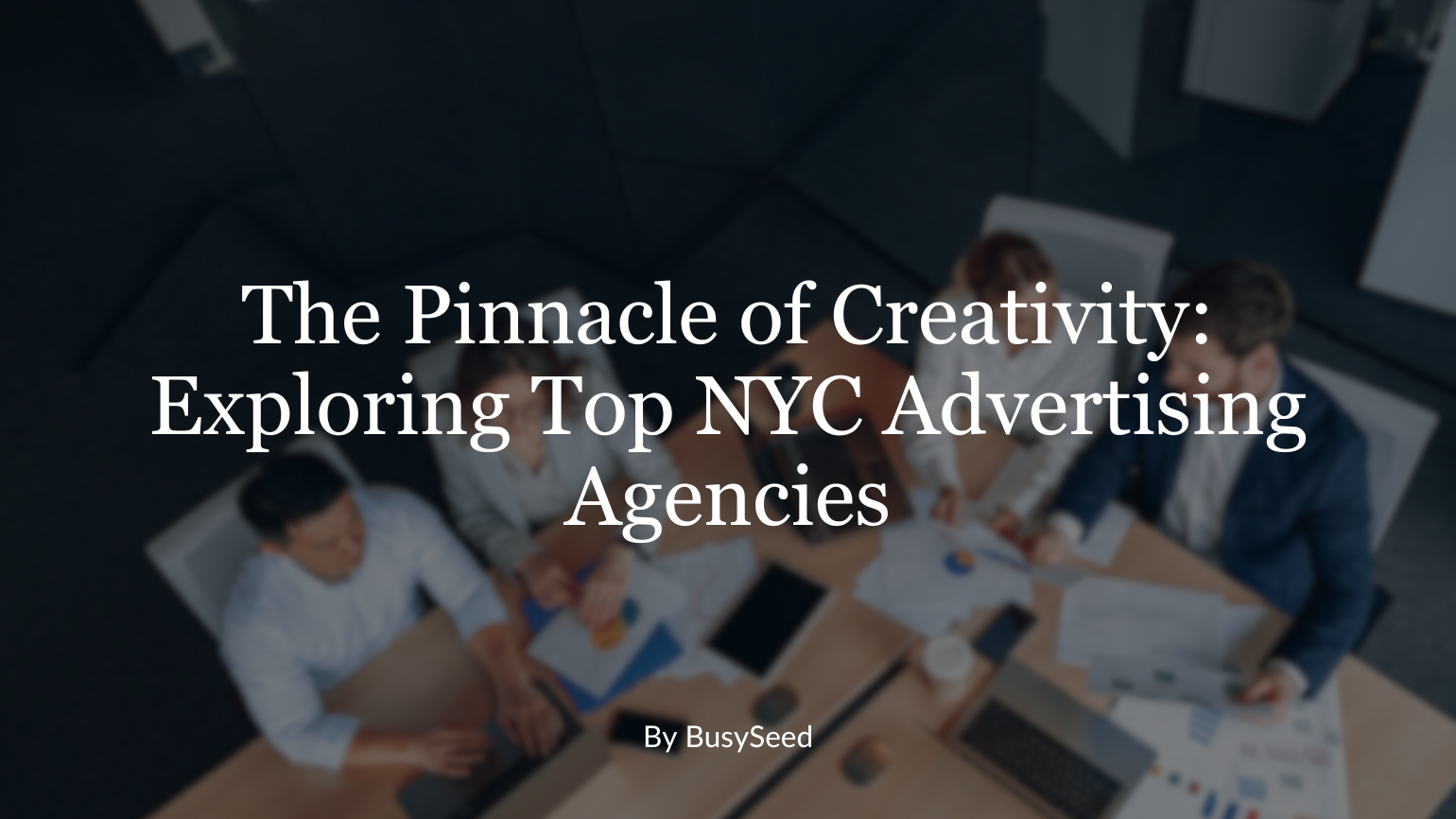Chat > Forms? Rethinking Your B2B Lead Capture in a Post-Form World
Form fatigue is real. Discover why modern B2B buyers prefer chat, schedulers, and instant interactions and how to design lead capture that aligns with real-time intent, not static inputs.
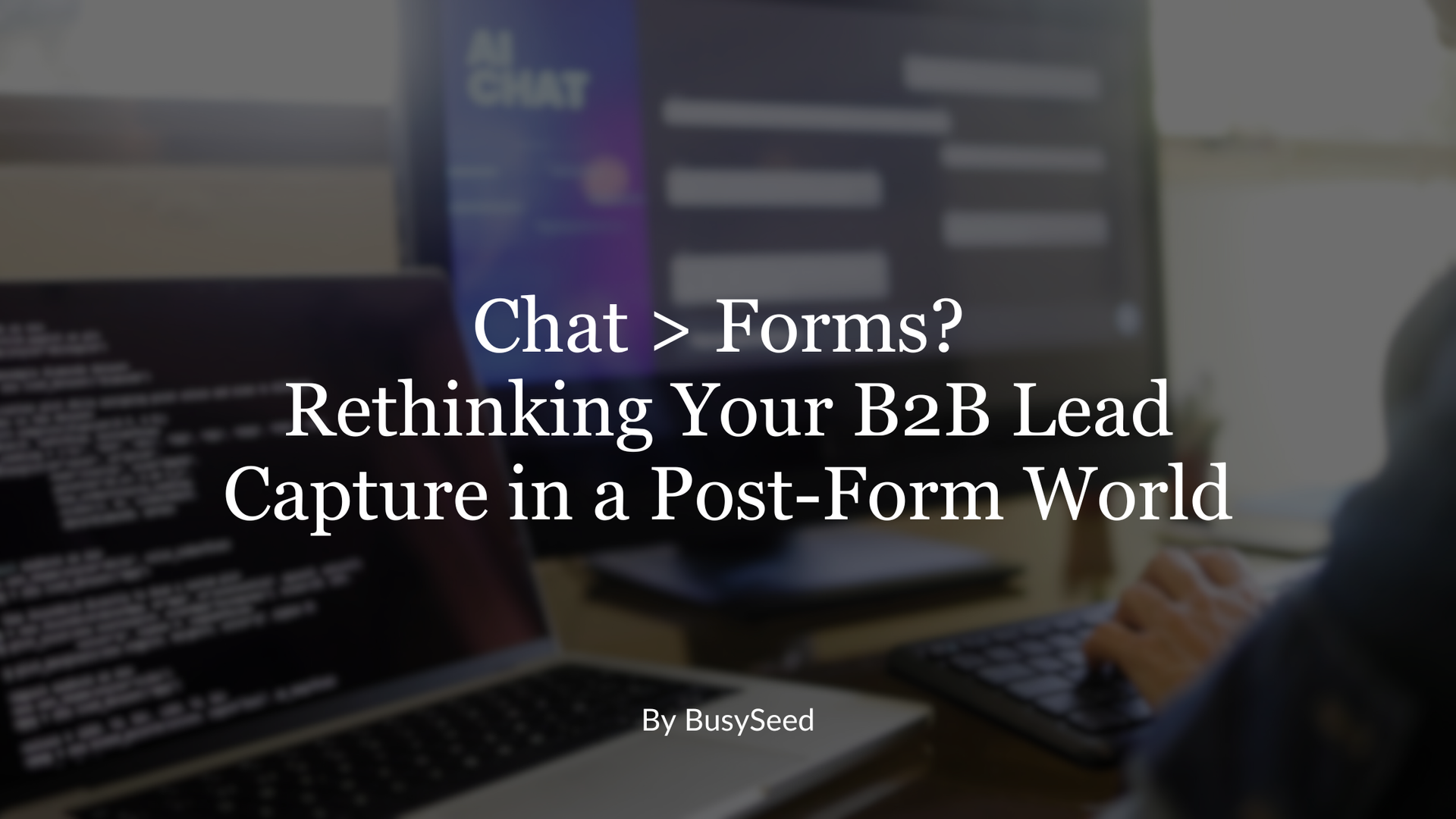
TL;DR:
- Traditional lead forms are seeing abysmal conversion rates – often only ~1–2% of visitors convert via forms. In B2B, typical form completion hovers around 7%, meaning form conversion rates are low, and most prospects never become leads.
- Modern buyers expect fast, personal interactions. 66% of customers demand an immediate response (within 10 minutes) to inquiries, and 81% of tech buyers won’t even fill out a form to access gated content. They’ll bounce rather than deal with long forms.
- Conversational solutions like chatbots and live chat can dramatically boost engagement and conversions. Visitors who chat with your business are 2.8× more likely to convert than those who don’t, and adding live chat has been shown to increase conversion rates by ~12% on average.
- Real-world case studies show replacing or supplementing forms with chat leads to major gains. One B2B company’s chatbot generated 4,000+ leads and 25% of its sales pipeline after they ditched forms entirely. Another saw their website’s conversion rate jump from 6% to 20% in six months by using targeted chat instead of forms.
- Forward-thinking marketers are rethinking how to get conversions in this “post-form” world. Even top advertising firms in New York now favor chat-first strategies over static forms, capturing more leads by engaging prospects in real time instead of asking them to “fill out a form and wait.”
Are B2B form conversion rates really that low?
Yes, in fact, they are shockingly low. The average web form converts only a tiny fraction of visitors into leads. Across industries, the typical form fill rate is about 1.7%. In B2B scenarios, it isn’t much better. The current average B2B form completion rate is roughly 7%. In other words, 93% of the people who click your call-to-action may never complete your contact form! It’s no wonder many businesses see their online lead generation falling flat when form conversion rates are low.
Why are forms performing so poorly? One big reason is friction and trust. Lengthy forms asking for lots of personal details turn people off. In one recent survey, 81% of tech buyers said they don’t fill out forms to download gated content. The top reason: 71% of those buyers weren’t comfortable sharing their information with a vendor they don’t know. From the customer’s perspective, a generic form demanding their email, company, budget, etc., feels like a one-sided exchange – “Give us your data, and maybe we’ll give you something in return.” Many would-be leads simply back away.
Even when a visitor does submit a form, the slow follow-up process can kill the conversion. How often have you filled out a contact form and waited… and waited? The reality: B2B companies take an average of 42 hours to respond to a new lead from a form. By that time, your prospect’s interest has faded, or a competitor has already answered their questions. Speed matters immensely. If you follow up with a web lead more than 5 minutes after contact, your chance of ever connecting with them drops by a factor of 10. In fact, responding within the
first minute can boost conversion rates by an astonishing 391%, whereas letting a lead linger means 30% of prospects will move on to a competitor who replies faster. The traditional form-to-email workflow simply isn’t built for this “need it now” responsiveness.
| Metric | Traditional Forms | Conversational Chat |
|---|---|---|
| Avg. Conversion Rate | ~1-2% | ~10-20% highest overall |
| Response Time | 42 hours on average | Instant (real-time) |
| Lead Quality | Often incomplete or unqualified | Pre-qualified through dialogue |
| Follow-Up Success | Drops 10x after a 5 minute delay | Immediate engagement keeps interest |
Finally, consider the attention span of today’s visitors. You have about 10 seconds to capture a website visitor’s interest before they start to tune out or click away. Asking them to fill out a form and wait for a follow-up isn’t engaging; it’s a recipe for losing that lead. All these factors make it clear that the old passive form is failing to convert the majority of potential customers. Businesses are waking up to this reality and looking for a better way to engage visitors in the moment they’re interested.
What does a “post-form world” mean for lead capture?
It means moving away from static web forms and engaging prospects through real-time conversations instead. In a “post-form” approach, businesses use tools like live chat, chatbots, and messaging apps to interact with visitors rather than pushing everyone into a bland form. This conversational style of lead capture meets users on their terms – answering questions, providing info, and qualifying the lead through dialogue instead of a one-way form submission.
The shift is already underway. Companies large and small are embracing conversational marketing (chat-driven engagement) as an alternative to forms. Even marketing and advertising agencies in New York, which are known for being on the cutting edge, have started championing this post-form approach. They’ve seen that meeting a prospect with a helpful chat widget or AI assistant can capture the lead right at the peak of their interest, as opposed to losing them in a form fill-and-wait process.
Crucially, conversational lead capture isn’t just a trendy idea; it’s proving effective at driving business results. No less than 79% of businesses that exceed their revenue goals have a documented conversational marketing strategy guiding their sales and marketing. The reasoning is simple: if you treat every website visit as the start of a real-time conversation, you can nurture and convert more of those visitors. A chatbot or live agent can qualify a lead, answer objections, and even book a meeting on the spot, all in one frictionless chat flow. That’s a far smoother journey for the buyer. In a post-form world, the “contact us and wait 2 days” paradigm is replaced by something much more immediate and personalized. It’s about capturing more leads, faster, and turning your website into an active, 24/7 sales conversation. Forward-thinking marketing companies in NYC and beyond are betting big on these conversational experiences as the future of B2B lead generation.
Do today’s customers really prefer chat over forms?
Absolutely. Modern buyers favor quick, on-demand interactions. We live in an instant gratification era, and that applies to B2B prospects too. Studies show that 42% of customers now prefer live online chat as their go-to communication method over email or web forms. The majority of people, about 66%, expect an immediate response from businesses when they have an inquiry, with “immediate” defined as within 10 minutes or less. If your only option is a form, there’s no way to meet that expectation. A chat, on the other hand, can greet the visitor as soon as they have a question.
There’s also a comfort and convenience factor. Many customers find chat interactions more approachable than filling out forms or talking on the phone. In one survey, 9 out of 10 consumers said they want the option to use messaging to contact a business. This holds true in B2B as well. Busy professionals often prefer to send a quick question via chat and receive an instant answer, rather than completing a lengthy form and waiting. Chat feels like texting or IMing, which people do daily, whereas forms feel like bureaucracy.
Trust plays a role, too. When a live chat or chatbot is available, the buyer remains in control of the conversation. They can ask what they want, get human-esque responses, and only provide information when they’re comfortable. This interactive back-and-forth builds confidence in a way static forms don’t. It’s telling that 71% of customers expect companies to offer a conversational bot or similar option for real-time assistance on their website. Buyers are essentially saying: “Give me an easy way to talk to you, and I’ll engage. If you just give me a form, I might not bother.” So yes, the preference for chat is strong and growing, and ignoring it means alienating a large chunk of your audience who just aren’t interested in the old form-filling routine.
How can chatbots help you get conversions when forms fail?
By engaging visitors in real time and guiding them toward the next step right on the spot. A chatbot or live chat essentially acts like a fast, friendly salesperson who greets your website visitors 24/7. Instead of letting a potential lead slip away, the chat can proactively start a conversation: “Hi there, looking for more info on [Product]?” This real-time engagement is key to how to get conversions from traffic that would otherwise leave. In fact, adding live chat has been found to increase overall website conversion rates by about 12% on average. Visitors who chat with a company are significantly more likely to become leads or customers. One study found they have 2.8 times higher odds of converting compared to those who don’t engage in chat.
Why the big boost? Because chat reduces friction. It answers questions instantly, overcomes objections, and builds a relationship before the visitor loses interest. A well-designed chatbot can ask the same qualifying questions your sales rep would, but in a conversational way that feels natural. For example, instead of a form that says “What’s your budget?”, a chatbot might ask, “What solution are you looking for today?” and have a back-and-forth that organically gathers the info needed. The lead doesn’t feel like they are being interrogated by a form; it feels more like help. And if the bot identifies a hot prospect (for example, a visitor says “I want a demo”), it can immediately route that person to a live rep or schedule a meeting on the calendar. There’s no waiting and wondering; the conversion happens in real time.
This approach also filters out unqualified leads more efficiently. A chatbot can politely handle tire-kickers by answering their basic questions, while flagging truly interested buyers for follow-up. For instance, Okta (a leading tech firm) deployed an AI chat assistant on its site and saw a 2× higher conversion rate from marketing leads into sales meetings. Chat became their fastest channel for turning curious visitors into qualified prospects. The beauty is that chatbots never sleep, so you’re capturing leads even at 2 AM when your sales team is off the clock. All told, conversational tools help you convert more of your hard-earned traffic by doing what forms can’t: actively engaging and delighting your audience when they’re most interested.
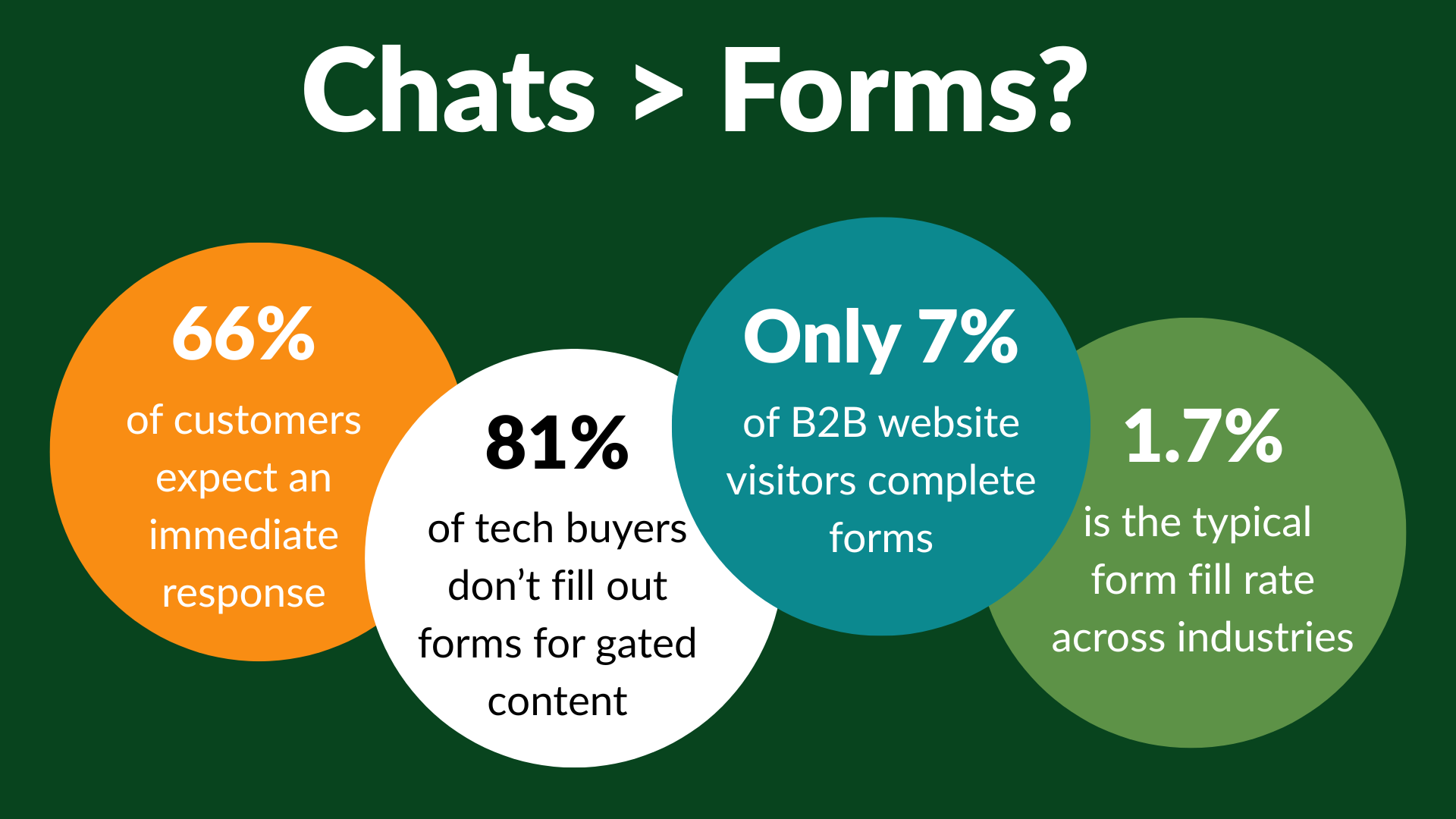
Has anyone actually replaced forms with chat and seen results?
Yes! Plenty of companies have ditched or augmented forms with chat and reaped huge benefits. One bold example is RapidMiner, a B2B software company. They decided to replace every lead capture form on their site with a chatbot, even for things like whitepaper downloads. The result? Their Drift chatbot now conducts about 1,000 chats per month and has brought in over 4,000 leads, accounting for 25% of RapidMiner’s entire sales pipeline by itself. In the past, those leads might never have converted via form. The CMO of RapidMiner called the chatbot “the most productive thing I’m doing in marketing,” because it works 24/7 to qualify visitors and send the hot ones straight to sales. Importantly, the bot resolves about two-thirds of customer queries on its own and only routes the rest to humans, meaning the sales team talks only to the most qualified, ready buyers.
Another great case is Perfecto Mobile. They found that traditional methods were bringing in many leads outside their ideal customer profile, wasting sales reps’ time. By implementing a targeted chatbot to engage only companies that met their criteria, Perfecto was able to boost its visitor-to-lead conversion rate from 6% to 20% in just six months. That’s a 233% increase in conversion rate after swapping passive forms for a smarter chat funnel! Similarly, Leadpages (a SaaS company) added proactive chat messages on key pages and saw a 36% increase in overall website conversion rate as a result. The chat welcomed visitors, answered product questions, and nudged them to take action, whereas before those visitors might have left without ever filling a form.
Even large enterprises are proving this out. For example, a Fortune-500 identity management company, Okta, integrated conversational AI into their site, and it quickly became their #1 channel for converting web traffic to pipeline. They experienced a 30% quarter-over-quarter increase in pipeline and doubled their rate of turning marketing leads into sales-qualified leads. When top advertising firms in New York and other industry leaders see these kinds of case studies, it’s clear why they’re embracing chat. Across the board, from scrappy startups to marketing companies in NYC serving big clients, those who leverage conversational lead capture are pulling ahead with more leads and faster sales cycles. The evidence is there: real businesses are capturing significant growth by rethinking lead gen beyond the old form submission.
Should you ditch forms entirely for chat?
Not necessarily overnight, but you should definitely start integrating chat if you haven’t already. Going 100% “form-free” can be a bold move (RapidMiner pulled it off, but it’s a drastic change). For many small businesses, a pragmatic approach is to run chat alongside your existing forms and see which your audience prefers. For example, you might add a chat widget to your high-traffic pages or product pages, while still keeping a simple contact form as a backup. In all likelihood, you’ll find that a significant chunk of visitors opt for the instant engagement of chat when given the chance.
The goal isn’t to kill every form, but to remove friction wherever possible. Some use cases (like a straightforward newsletter signup) might still work fine with a basic form. However, for any key conversion points, like requesting a demo, pricing inquiries, or downloading a major piece of content, you will capture more leads by offering a conversational option. You could even use the chatbot to pre-qualify form submissions: e.g., have the chat ask a few quick questions, then if the lead is a good fit, direct them to a short form to capture final details or schedule a meeting. This way, the form feels like part of a conversation, not a cold ask.
It’s also worth noting that forms can be optimized, too, if you keep them. Reducing the number of fields, for instance, or enabling autofill can somewhat improve form completion rates. But no matter how much you optimize a form, it will never greet a customer like a human, answer their unique questions, or create a rapport. Chat can do those things at scale.
The bottom line: don’t throw your forms out the window without a plan, but do start shifting your strategy toward conversational engagement. Use both forms and chat, measure the results, and you’ll likely find that chat brings in higher-quality leads and more of them. Over time, you may discover (as many have) that those old static forms just aren’t needed anymore in a world where a conversation can capture the lead more effectively.
Conclusion
The way we capture B2B leads is evolving and for good reason. If your old forms are only converting a sliver of your traffic, it’s time to embrace a bolder, more interactive approach. Chatbots, live chat, and conversational marketing aren’t just buzzwords; they’re practical tools that can transform your website from a passive brochure into an active sales assistant. Instead of letting 98 out of 100 visitors slip away, you can engage them in conversation, answer their needs in real time, and convert more of them into customers. The data is clear, and so is the trend: businesses that adapt to this post-form world are seeing more leads and faster growth, while those that stick to the status quo are falling behind.
It might feel like a leap to rethink your lead capture, but you don’t have to do it alone. Start small. Add a chat option, experiment on a key page, and watch what happens. Chances are you’ll quickly wonder how you ever lived with only a contact form. In the end, it’s all about making it easy for your prospects to start a relationship with you. So open up that conversation! Whether you’re a scrappy entrepreneur or one of the marketing companies in NYC aiming to stay ahead, one thing is certain: those who create more genuine, immediate connections with their audience will win the leads. In this new world, chat isn’t just greater than forms, it’s a whole new way to grow. It’s time to rethink lead capture and let the conversations begin.
FAQ
Are lead forms still effective in 2025?
They have their uses, but overall, web forms are far less effective than they used to be. The average conversion rate for a form is only around 1–2% 1, meaning the vast majority of visitors don’t convert. In 2025, many businesses are finding that relying solely on lead forms leaves money on the table. Savvy marketers now supplement or replace forms with live chat, chatbots, and other interactive tools to capture more leads. Forms can still work for basic tasks, but for high-value B2B lead generation, they’re largely being outperformed by conversational approaches.
What is conversational marketing?
Conversational marketing is a customer engagement strategy that centers on real-time, back-and-forth communication with your audience, typically through chatbots, live chat, social messaging, or other interactive channels. Instead of forcing people to fill out a form and wait, you have a conversation with them. For example, a chatbot might greet a website visitor and ask, “How can I help you today?”, then guide the person to the info or solution they need. It’s marketing that feels like a one-on-one dialogue. The benefit is a more personalized experience that can quickly build trust and answer customer needs, often leading to higher conversion rates than old-school methods. In short, conversational marketing uses chat and AI to replicate the friendly engagement of an in-store salesperson, but on your website.
Can I use both forms and chat together on my website?
Absolutely! In fact, many companies do exactly this. You don’t have to choose one or the other universally. For instance, you could keep a simple contact form on your “Contact Us” page for those who prefer it, but also have a chat pop-up that invites visitors to ask questions. You might use chat on key product and pricing pages to capture interested prospects, while still using forms for things like event sign-ups or newsletter subscriptions. Using both can cover your bases and let your audience engage how they’re most comfortable. Just be sure to monitor the results. If you notice 80% of inquiries coming through chat and hardly any through forms (a common scenario), that’s a sign to devote even more effort to the conversational channels. The best approach is testing and iterating; let your leads tell you what works for them.
Will the leads from chatbots be as good as those from forms?
In many cases, chatbot-generated leads can be even better. A well-implemented chatbot will ask qualifying questions and interact with the visitor, so by the time you get their contact info, you already know a bit about their needs and intent. This tends to weed out a lot of unqualified leads. With forms, anyone can fill in details (including fake info or irrelevant inquiries), and you won’t discover how serious they are until you follow up. Chat can shortcut that. For example, if a chatbot asks “What are you looking for?” and the visitor says “Just browsing,” your sales team doesn’t need to spend time on that person. But if the visitor says, “I need a quote for 50 units,” that lead is gold and the bot can route it immediately to sales. Companies that have adopted chatbots often report higher quality leads because the conversational process naturally filters and educates prospects. Of course, quality still depends on how you configure your chat flow. It’s important to program the bot with qualifying questions and clear next steps. When you do, you’ll likely find the leads coming through chat are highly engaged (they just had a conversation, after all) and more ready to convert than the average form-fill who might barely remember your company two days later.
Sources
(1) Ruler Analytics – Average form conversion rate (2025) ruleranalytics.com
(2) MarketingSherpa – B2B form completion rate qualified.com
(3) LinkedIn/MarketingEcosystem – Tech buyers avoiding gated forms qualified.com
(4) LinkedIn – Buyers cite trust concerns with forms qualified.com
(5) Harvard Business Review – Average 42-hour lead response time qualified.com
(6) Nielsen Norman Group – 10-second rule for capturing attention qualified.com
(7) InsideSales – 5-minute lead follow-up 9× conversion impact qualified.com
(8) HubSpot – 66% of customers expect immediate response gorgias.com
(9) Forrester/Industry data – 85% of companies using live chat by 2022 gorgias.com
(10) LTVplus – Live chat deployment boosts conversions ~12% gorgias.com
(11) LTVplus – Visitors who chat are 2.8× more likely to convert gorgias.com
(12) Twilio (via Qualified) – 9 in 10 consumers want messaging options qualified.com
(13) Salesforce – 71% expect real-time chatbot availability qualified.com
(14) Drift (RapidMiner case study) – 4k leads and 25% pipeline via chatbot overthinkgroup.com
(15) Drift (Perfecto case) – Conversion rate increased from 6% to 20% with chat overthinkgroup.com
(16) Salesloft (Okta case study) – AI chat doubled lead-to-meeting conversion salesloft.com
(17) Chili Piper – 30% of prospects go to competitor if response is slow chilipiper.com
(18) Drift (Leadpages case) – 36% lift in site conversion from proactive chat overthinkgroup.com
(19) Monetate (via Tenfold) – 79% of top-performing companies use conversational marketing qualified.com
(20) Chili Piper – Replying within 1 minute yields 391% more conversions
chilipiper.com
